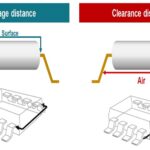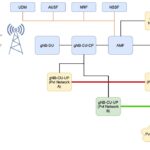 The purpose and focus of the workshop are to identify the latest improvements in wireless power technology and will cover the different dimensions to successfully integrate these new technologies into products. These include the technical foundation, innovations in power electronics semiconductors technologies, use cases, industry standards, common engineering challenges, regulatory and safety requirements, and how to conquer them.
The purpose and focus of the workshop are to identify the latest improvements in wireless power technology and will cover the different dimensions to successfully integrate these new technologies into products. These include the technical foundation, innovations in power electronics semiconductors technologies, use cases, industry standards, common engineering challenges, regulatory and safety requirements, and how to conquer them.Product designers looking to overcome the rigid limitations of first-generation wireless power technologies, to provide increased spatial freedom and the ability to charge multiple devices from a single transmitter simultaneously, will greatly benefit from the course. The target audiences for the Next Generation Wireless Power Workshop include wireless power system designers for consumer electronics, robots, autonomous vehicles, IoT devices, medical devices, and others. The target audiences also include people involved in the wireless power industry supply chain ranging from manufacturers of Power ICs including GaN, magnetic materials and structures, fabricators of magnetic components, providers of modeling and simulation software as well as manufacturers of test and characterization equipment.
The workshop will address several market applications including consumer electronics, IOT devices (including those that are batteryless), wearable and implantable devices, personal mobility devices, autonomous devices, etc. The workshop will include presentations and demonstrations to address specific technical issues.
The workshop will open with a keynote presentation that will provide an overview of wireless power technologies and the key technical concepts. We will discuss the technical advancements driving the evolution of the 2nd generation wireless power technologies and the experiential benefits enabled. We will then cover Magnetic Resonance and RF Harvesting technologies in detail, how to determine which technology is most appropriate for a given use case, integrating them into your product, relevant design trade-offs to be considered, and so on. We will conclude by discussing the safety and regulatory requirements for wireless power and why it is essential to factor these into the design at the start. There will be ample opportunity for Q&A during each presentation.
During the provided breakfast, lunch, and the networking hour at the end of the workshop there will be interactive tabletop technology demonstrations each addressing specific technical disciplines and capabilities consistent with the workshop agenda. Interaction between the attendees and the presenters is highly encouraged.







Leave a Reply